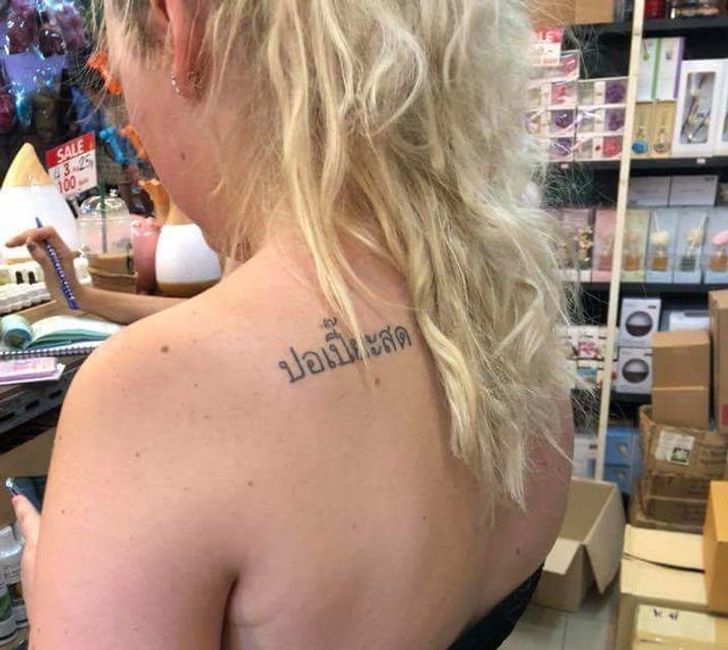
Owning a garden and caring for your plants requires an understanding of potential issues that may arise. If you come across a mysterious substance known as the “jelly nut” in your garden, here’s what you need to know.
Recently, a Redditor from Oklahoma discovered an odd sight in his garden, bright “yellow goo” on his trees and a peculiar object he described as a “gelatinous alien nut”. Unsure of what it was, he turned to the Reddit community for assistance, mentioning that the affected tree was a conifer, though he couldn’t identify it further.
Almost immediately, another user identified the problem as “cedar and apple rust”. This disease depends on two host plants to complete its life cycle, primarily affecting apple and crabapple trees.

The symptoms vary depending on the type of tree. On junipers, a brown gall forms on twigs and produces orange, gelatinous horns in the spring, particularly during wet weather. Although the twig beyond the gall may die, the damage to the juniper is minimal.
For apple and crabapple trees, yellow circular spots appear on the leaves soon after flowering. By late summer, brown clusters of cylindrical structures develop underneath the leaf spots, on twigs, or even fruit.
Galls from the infection can take several months to develop, appearing around seven months after infection begins. After 18 months, they evolve into gelatinous masses. In the spring, these galls develop depressions resembling golf balls, which give rise to telial horns that elongate and turn bright orange during rainy periods. After releasing spores, these horns collapse and dry up, although the galls can remain attached to the tree for another year.

Management of this infection can include pruning the affected areas or simply allowing it to run its course since it typically doesn’t kill trees but may cause some disfigurement. Preventive measures, such as fungicides or planting resistant apple varieties, can also help.
Overall, while cedar and apple rust isn’t a severe threat to your trees, being informed about it allows you to take the right steps if it appears in your garden. Share this information with others so they can be prepared too!
15 Tattoos You Don’t Want to Have No Matter What
Everyone makes decisions differently about getting tattoos. Some people take a long time to think everything through and some people decide to do it spontaneously and emotionally. Most people from our compilation are probably spontaneous. But sometimes, even if you are careful with choosing your tattoos, you still might get a controversial one like the guy in the last picture.Bright Side came across several tattoos that made our eyebrows go up.“The sketch I made for my tattoo vs What I ended up with”
Treble clef tattoo

Her tattoo says “fresh spring rolls” in Thai.

“My wife and I had matching tattoos planned. I went first, hers was scheduled for a week after that. That was 4 days ago, 2 days ago we decided to get a divorce due to obviously unforeseen unfortunate circumstances. I’m an idiot.”

“My friend got a tattoo.”

And where are the legs?

“My friend bought a tattoo gun on amazon for £100. Tattooed Darth Vader on himself.”

“A friend of mine got a tattoo of some flowers, looks… Great!”

“So my buddy’s step-sister got a tattoo of her mother…”

“My awesome Star Wars tattoo”

“A buddy of mine has a friend who gave himself this in the 8th grade.”

“Okay, there may be a typo here…”

What’s up with these poor animals?

Well, this word is not easy to spell, so…

A guy got the same tattoo as the dog he got. It turned out that the tattoo means that the dog was neutered.

Later, the man said that he knew what the tattoo meant. He just wanted to do something for his dog to reinforce their connection. “My dog is always with me now.” We probably wouldn’t have done the same.
Have you ever gotten a bad tattoo that you regret? Tell us about it in the comment section below!



Leave a Reply